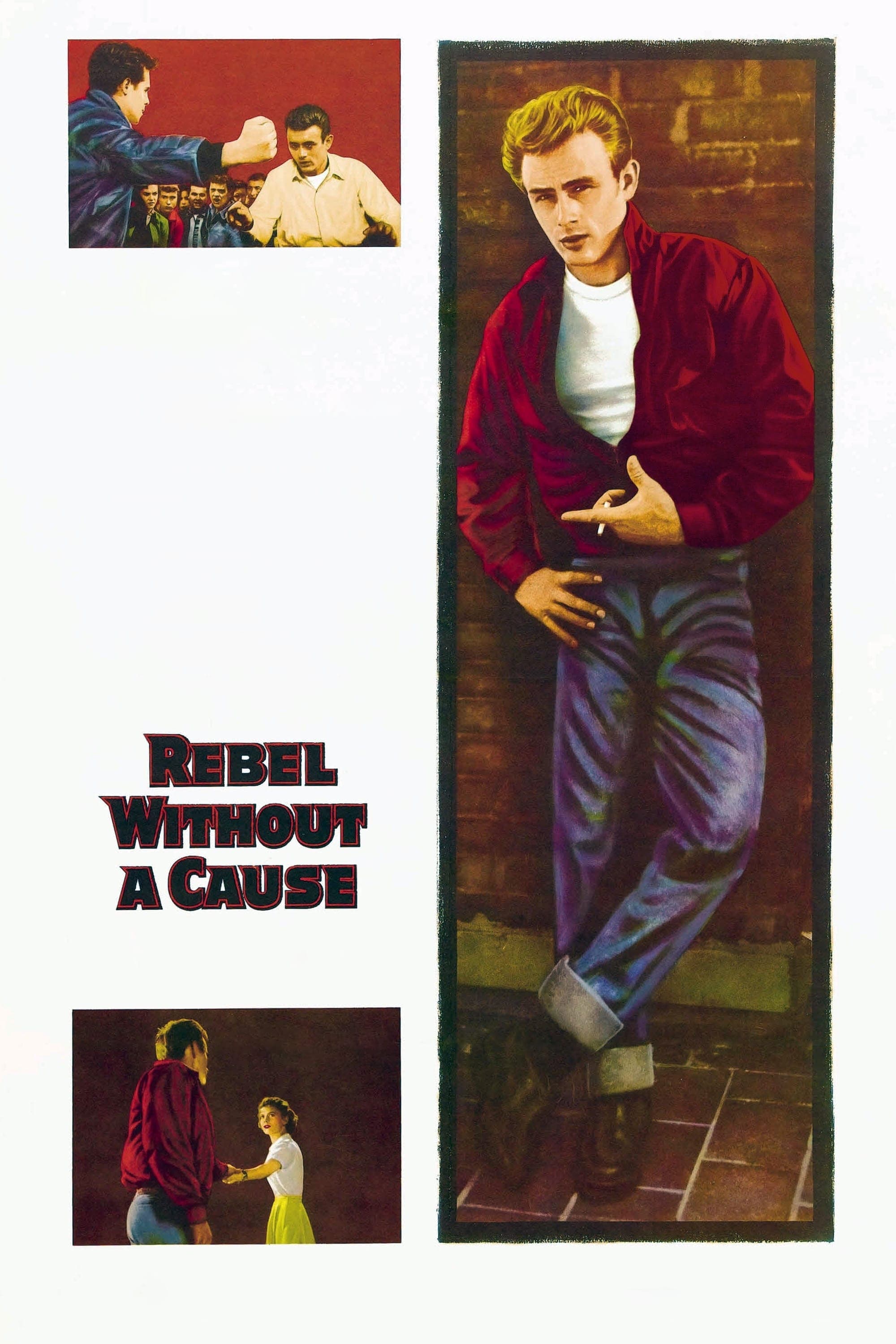
Rebel Without a Cause
1955
Rate this movie
Average: 0.00 / 5
(0 votes)
Director
What Nicholas Ray conceived and ultimately achieved with “Rebel Without a Cause” was an operation to refresh certain stereotypes that plagued Hollywood cinema. Chief among these was that of youth malaise and rebellion, which had been normalized as a cultural phenomenon. In an affluent yet restless post-war America, where the rhetoric of the "American dream" clashed with a growing existential unease, cinema typically depicted problematic youth as a monolithic entity, often criminal or lacking profound motivations, almost a social aberration. Ray, instead, with a foresight that transcended mere chronicle, investigated the causes of this malaise, delving into the psychological universe of his young protagonists, tearing back the veil on emotional alienation and the fragility of family dynamics, thus crafting a profound masterpiece.
The greatness of "Rebel Without a Cause" lies in its ability to capture the anomie of a compassless generation, trapped between parental hypocrisy and the absence of authentic moral anchors. Jim Stark is not a rebel by ideological choice or sheer malice; he is a boy with a difficult past who arrives in a new city, an emotional nomad carrying the scars of a childhood marked by constant relocations and parental ineptitude, particularly the emasculated father figure and the mother's suffocating intrusiveness. But even with new friends and a new environment to navigate, his rebellious character, understood more as a visceral reaction to injustice and falsehood, re-emerges, creating a terrible spiral where perdition, annihilation, and escape from a rigid society become the essential elements. This rigidity is not only external, composed of unwritten rules, but internal, rooted in the adults' inability to communicate, to offer authentic emotional support, ultimately transmitting their own dissatisfaction and sense of emptiness to their children.
Jim's drama intersects with that of Judy and Plato, equally tormented figures. Judy, with her desire for paternal affection clashing with rejection and disapproval, and Plato, the most fragile and abandoned soul, desperately seeking a father figure in Jim, create a triangle of solitude and mutual aid that becomes an improbable, tragic surrogate family. Ray does not merely paint their discomfort; he explores it with Freudian insight, showing how parental neuroses reverberate through their children, who are forced to build emotional walls or implode. The planetarium sequence, in particular, is an epiphany in this search for meaning: confronted by the immensity and indifference of the cosmos, the young protagonists perceive their insignificance, a reflection of their feeling of not being seen or understood by society. It is in this scenario that rebellion takes on existential contours, no longer a mere challenge to rules, but a desperate self-affirmation in a world that seems to deny their existence.
Master Ray's masterful use of the camera produced sequences that have entered cinematographic history. The choice of CinemaScope and vibrant WarnerColor is not purely aesthetic: the scarlet red of Jim's jacket becomes a symbol of his passion, his rage, but also of impending danger. Every shot is designed to reflect the characters' state of mind: notable is the opening scene with a drunken Dean on the ground playing with a mechanical toy, with a ground-level shot, which immediately plunges us into the protagonist's childish vulnerability and despair. But it's not the only visual gem. Consider the use of lights and shadows to emphasize the characters' isolation, or the compositions that often trap them within frames, such as Jim's front door, which seems more like a prison than a refuge. The renowned "chicken run," the car race toward the cliff, is not merely a moment of cinematic thrill, but a chilling metaphor for a game of slaughter where reputation, virility, and ultimately, life itself are at stake, in a society that offers no other authentic rites of passage or outlets. Ray is a master at capturing the latent violence, the palpable nervousness that permeates every interaction.
Dean's acting work for this film was immense. A leading exponent of "Method Acting," James Dean did not merely portray Jim Stark; he embodied him with a total fusion of body and soul that remains unmatched. His performance is a concentrated blend of vulnerability, rage, tenderness, and palpable anguish. Every nervous tic, every lost gaze, every outburst of anger betrayed an emotional depth that went far beyond the script. He was the face of a generation, the archetype of the tormented rebel, of the misunderstood youth desperately seeking a place in the world. His tragic and premature death, which occurred even before the film's release, crystallized his image and lent "Rebel Without a Cause" an aura of legend, transforming Dean into an iconic martyr of youthful angst, making his Jim Stark not just a character, but a universal symbol.
"Rebel Without a Cause" is not merely a film about adolescent rebellion; it is a profound sociological and psychological study that anticipated and shaped the language of cinema and subsequent youth culture. Its impact was disruptive, influencing entire generations of filmmakers, musicians, and writers, from François Truffaut to Bruce Springsteen. It is a work that cannot be overlooked if one wishes to trace the history of the Seventh Art, not only for its formal perfection and the power of its performances, but for its ability to give voice to a silent cry, to illuminate the shadows of an era, and to reveal the complexity of the human soul, at every age. Ray has bequeathed us an eternal classic, an emotional palimpsest that continues to resonate, then as now, with unflagging power.
Genres
Country
Gallery
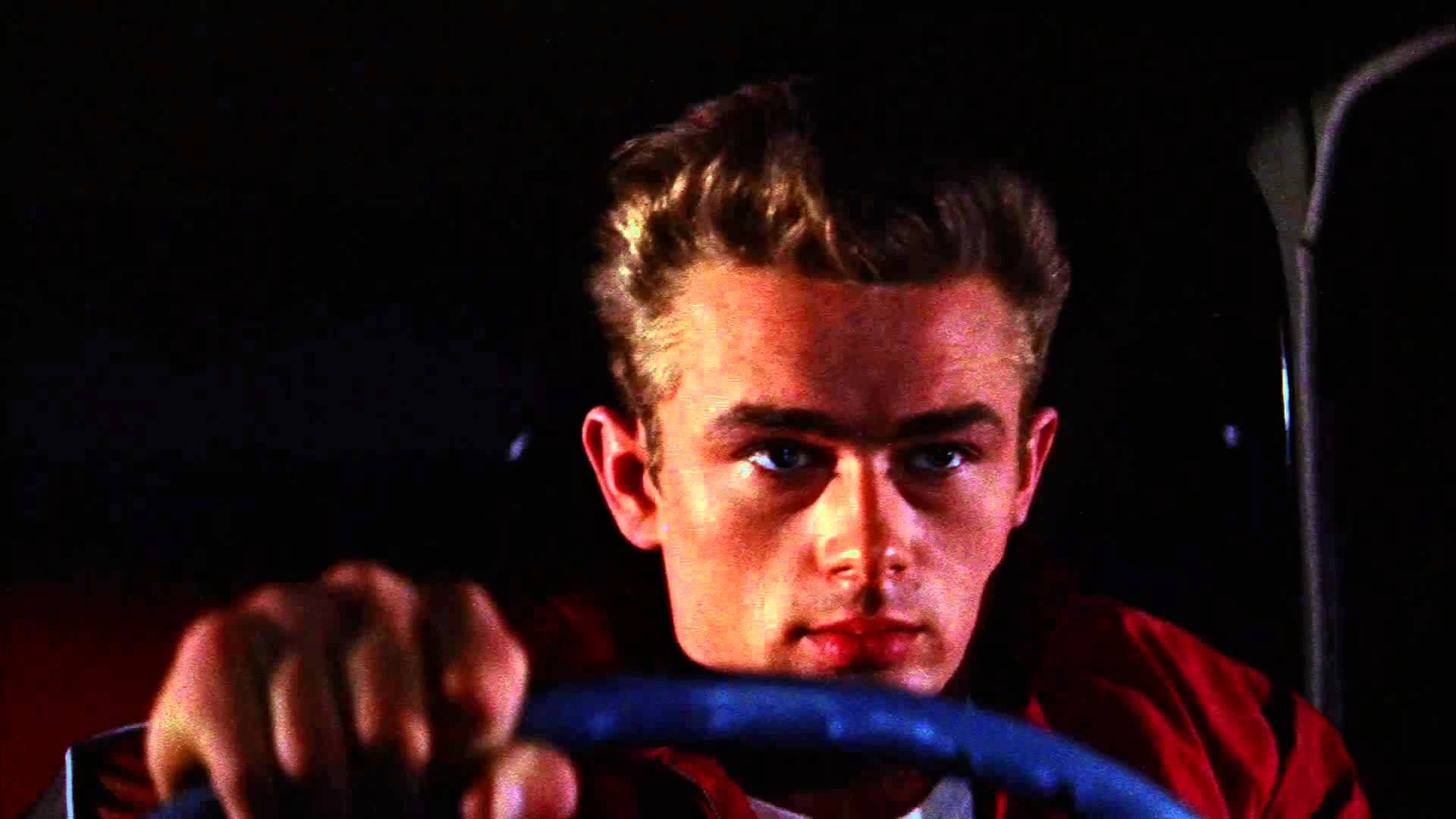
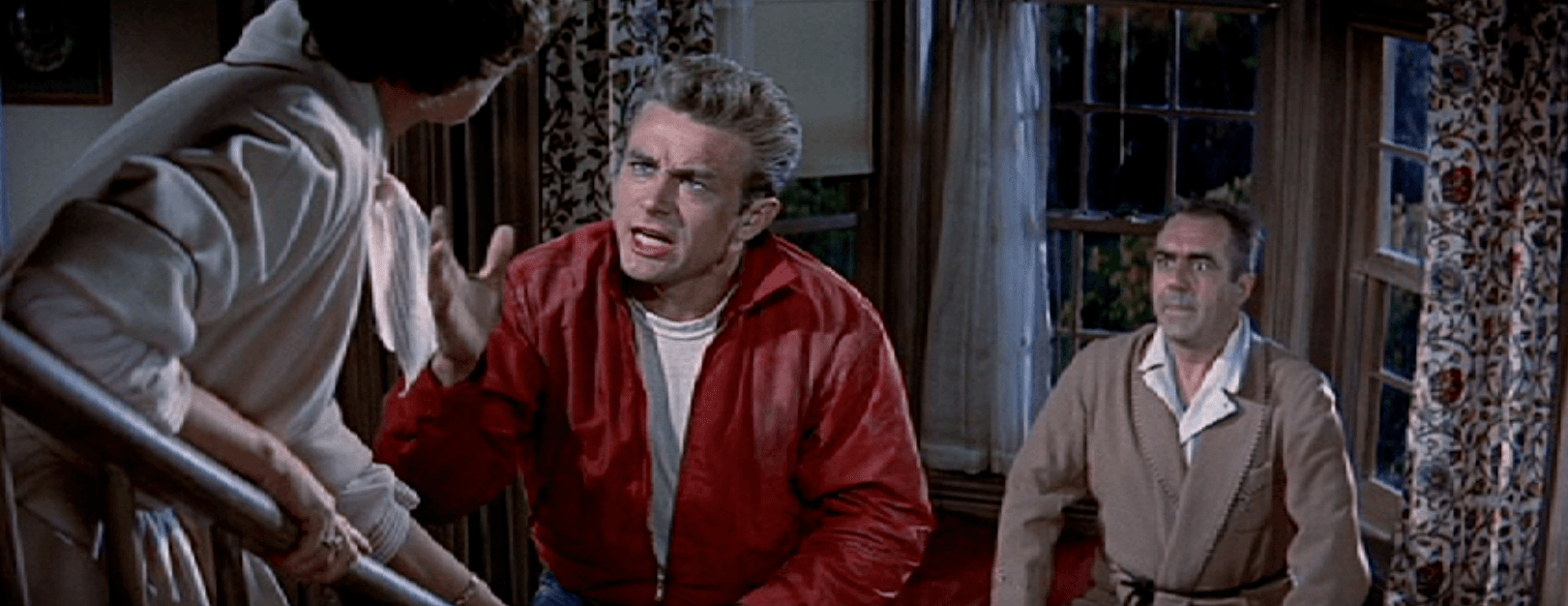

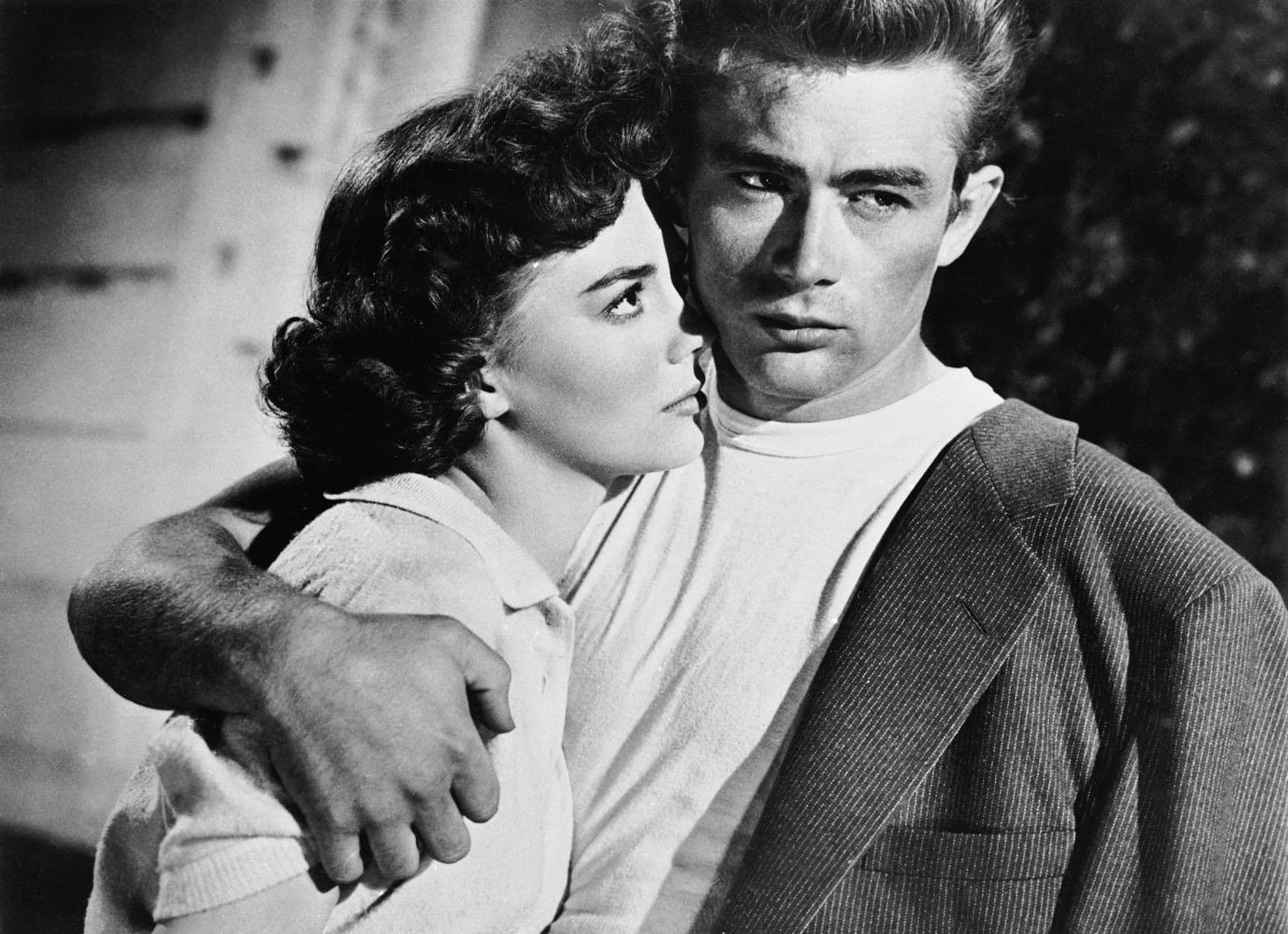
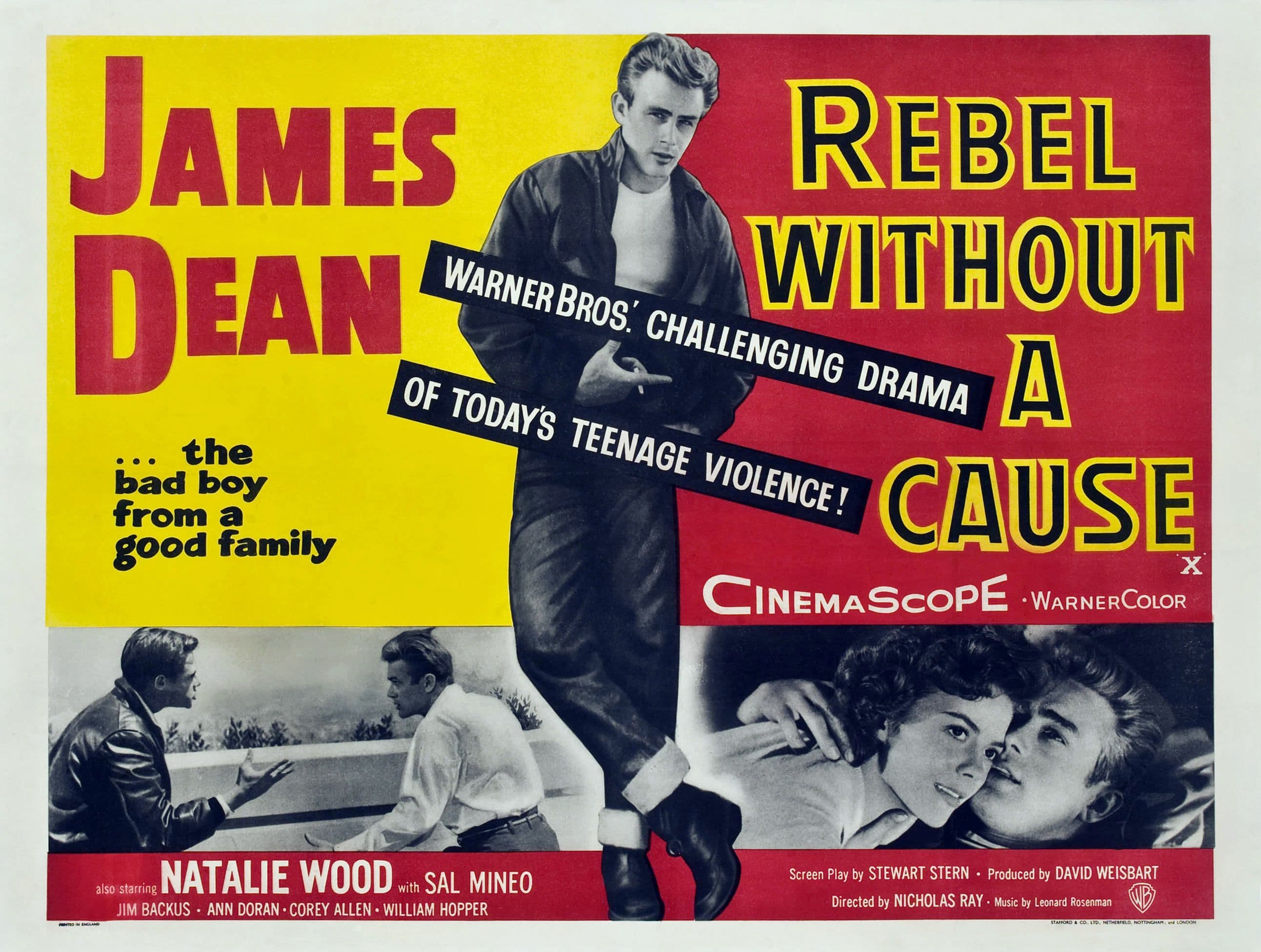
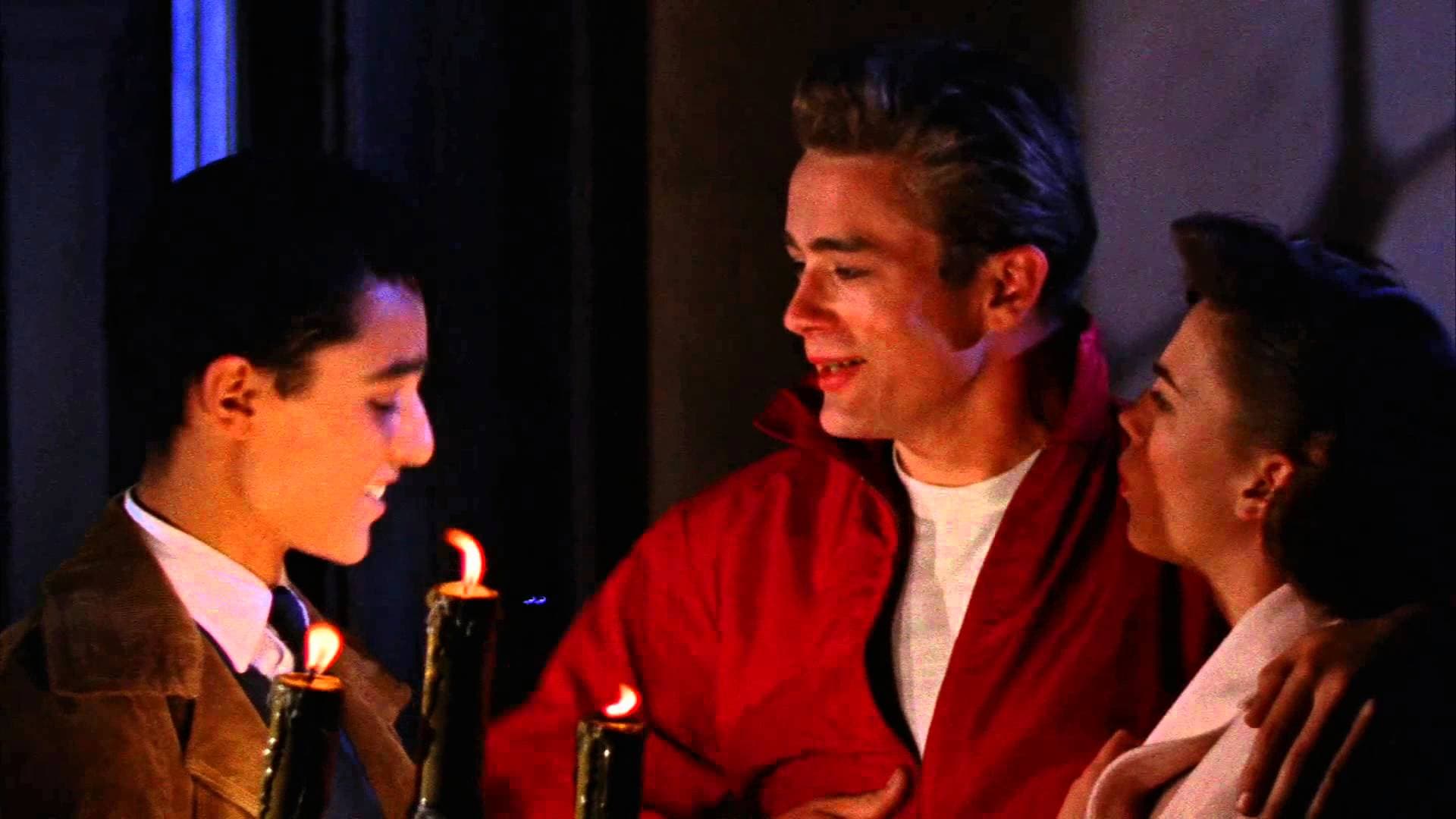
Comments
Loading comments...